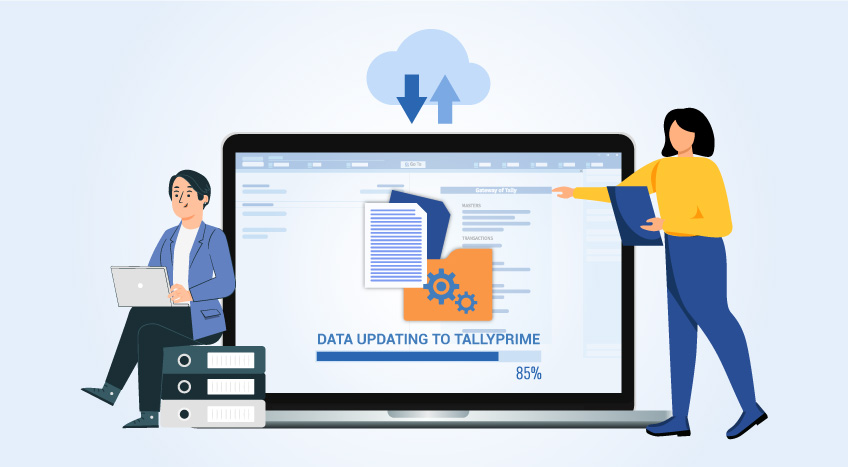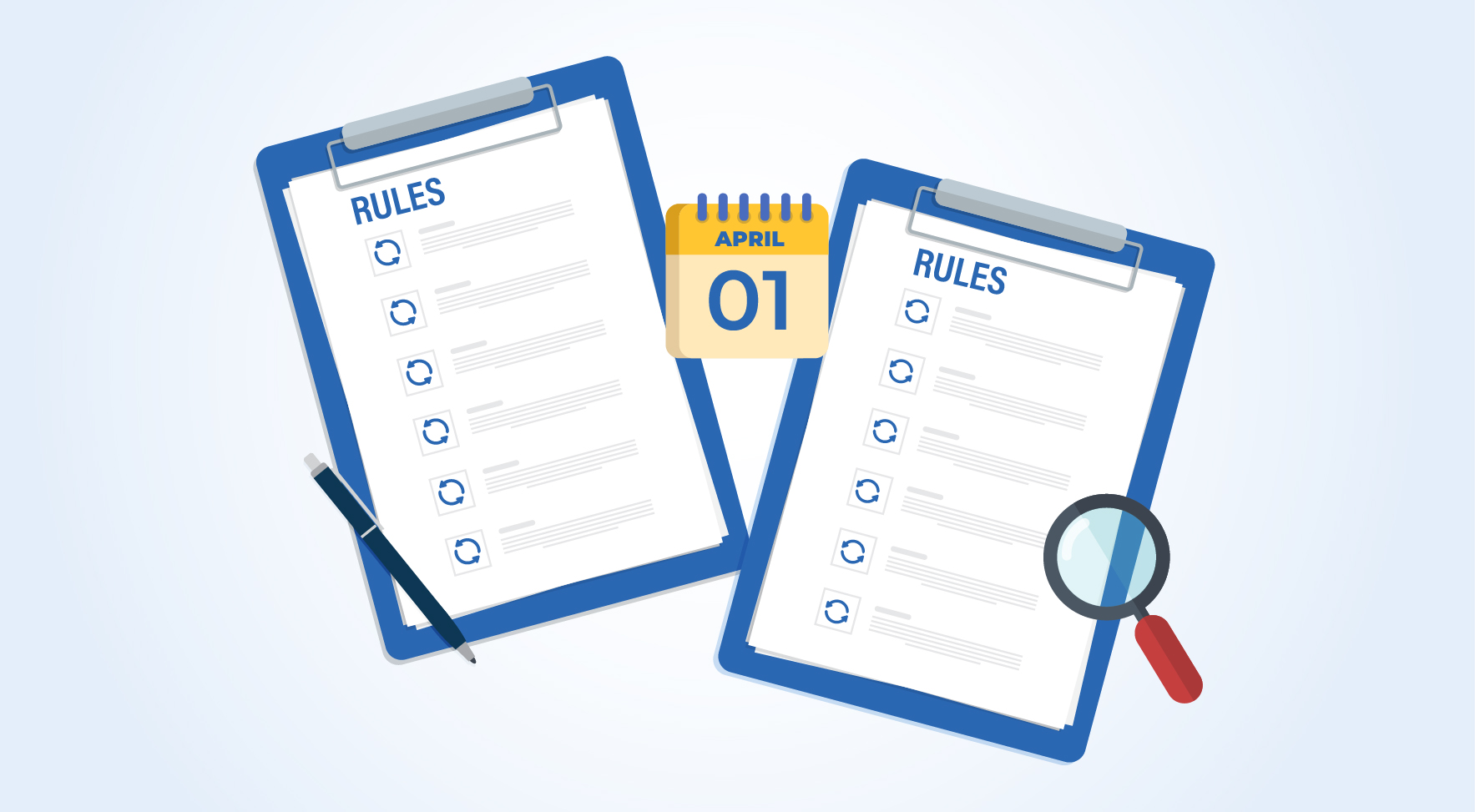Pramit Pratim Ghosh |Updated on: December 29, 2021
In our previous blog, we discussed in detail about how you could become more efficient at handling your procurement process, or in other words, your purchase cycle. In this blog, we will explore how automation can help you improve the efficiency of the financial life-blood of your business – namely your sales process, or in business terms, your order to cash cycle.
To discover how to become more efficient in managing your sales cycle, let’s start by breaking it down and understanding the steps that form the overall process.
Your 8 Step Sales Process - 8 ways to be efficient
If you evaluate your sales process, you will be able to break it down largely into the following 8 parts:
Step 1: Order Management
This begins as soon as your customer places an order. This may include you delivering a quotation for your goods or services and receiving the order for final purchase from your customer. Whether the order reaches you via an e-commerce platform, via an email to your sales team, or via a verbal notification to one of your sales boys, you become responsible to fulfil the order as soon as the purchase is confirmed. Given that this is your first contact with a potential life-long customer, it is important that the experience is seamless, so that you don’t lose them.
How Automation Can Help Here?
If you automate your order management system, a set of action points will automatically be triggered in other departments, the moment you receive a sales request. Doing that will ensure that all new orders are aligned properly, and the relevant parties are notified immediately to ensure accurate and timely order fulfilment.
Step 2: Credit Management
As a seller, a lot of customers will expect you to extend credit to them. For the sake of sustaining business relations, you will be extending credit to them, but at the same time, it is important to keep track of the credit extended, and the parties involved, to safeguard your working capital. The process of credit approval is imperative before a transaction is completed.
How Automation Can Help Here?
One of the top advantages of automating your credit management process is that it helps you to prevent issues related to credit early in the sales cycle. In cases where credit is applicable, every first-time customer will automatically be sent through a credit approval process, and the system can auto-approve or auto-deny requests. Returning customers, on the other hand, could be sent directly to the fulfilment stage. In short, an automated credit management process makes your accounts receivable easier and ensure that you provide credit only to your most valued customers.
Step 3: Order Fulfilment
This is when your product is prepared for shipment and then delivered to the customer. Any business should have a seamless process for obtaining products out of stock, prepare the same for shipment and finally ensure a timely delivery to the customer. Not having orders delivered on time, is probably one of the quickest ways to lose a customer.
How Automation Can Help Here?
Automation can be of great help while you are fulfilling your orders. To begin with, your inventory count should be updated in real-time, so that you automatically avoid accepting orders which cannot be fulfilled. All orders which make it to fulfilment, should follow a standard digitized format, so that any person working on that order can clearly understand all the relevant orders. As much as possible, you should look to avoid manual order records, which invariably lead to inaccuracies and bottlenecks.
Step 4: Order Shipping
Order shipping, to a large extend, completely depends on your product logistics, and thus, the shipping portion of your sales cycle needs to be regularly audited to ensure that it meets the high standards and demands of your customer.
How Automation Can Help Here?
In this case, automation can play an important role in updating the data from the order fulfilment process to the shipping team, so they can plan shipments, carrier pick-up schedules, modes of transportation etc. and ensure that orders reach the customer on time.
Step 5: Customer Invoicing
This involves generating and delivering an invoice for goods and services to the customer. One of the key steps here, is to ensure that your customer gets his bill on time. Additionally, you must have a clear-cut payment policy and all your customers need to understand the payment terms before the completion of the sale. Any confusion should be cleared right at the beginning, to avoid late and missed payments in the future.
How Automation Can Help Here?
One of the key ways in which automation can help here is by integrating your invoices with cash forecasts. When accurate invoices are sent out as per timelines, your accounts department can plan for estimate cash inflows and expenses accordingly. For that to happen, all data points, such as order details, costs, credit terms, order dates, shipping dates etc. need to be fed into the invoicing system, so that invoices can be issued without any delay.
Step 6: Accounts Receivable
Tracking outstandings is one of the biggest challenges for any business. As a business owner, you should closely track accounts receivables which emerge from sales, since it impacts your cash inflows and working capital.
How Automation Can Help Here?
An automated accounting system will help you to flag your outstandings at specified times, before they are overdue. Not just that, an automated system will not only keep you informed, but also trigger an automatic payment reminder to your customers, as per what you configure.
Step 7: Payment Collections
Often perceived as the toughest part of your sales cycle, collecting the payment is not an easy task, unless you keep a close tab on overdue accounts. A timely reminder to your customers, do go a long way in preventing a slightly late payment to become a severely late payment. Tracking your payments collection cycle also helps you to identify any deficiency in your billing process.
How Automation Can Help Here?
Have you ever faced a situation, when you ended up asking a customer for payment, when the payment was already made, but the information had not reached you? This is a major cause of friction across most businesses, and can be avoided, if accurate payment collection data is automated and tracked. On the other hand, the system should also be able to track those cases, where the customer steps into the overdue period, so that their credit can be put on hold. Not just that, automating your payment collections will help you avoid inaccurate cash estimates, which can prevent any incorrect decisions.
Step 8: Reporting and Data Management
Last but not the least, you need to have a periodic view of your sales cycle, in form of meaningful reports. Are you using your resources in an optimum way; do more costs need to be allocated to the sales process; discounts given, error rates on order fulfilment, volume of ageing accounts etc. – data for all factors, needs to be managed and consumed as a report, so that you can take effective decisions.
How Automation Can Help Here?
Interconnected systems can track the performance at every stage of your order to cash process. By analysing the same, you can have a bird eye’s view of how the overall flow of your sales cycle, affects everything else in your organization. This includes key factors, such as – your relationship with your customers, the length of your sales cycle etc.
In conclusion, it can be said that successful automation of your sales process and order to cash cycle, will help you to efficiently deliver value to your customers and receive timely payments against sales which you make. Technology can not only help you improve your sales process, but also free-up time for you and your resources, so that you can focus on the most important task of providing your customer a happy purchase experience.
Latest Blogs

How to Easily Shift/Migrate Your Data to TallyPrime

Nuts & Bolts of Tally Filesystem: RangeTree

A Comprehensive Guide to UDYAM Payment Rules

UDYAM MSME Registration: Financial Boon for Small Businesses

Understanding UDYAM Registration: A Comprehensive Guide

MSME Payment Rule Changes from 1st April 2024: A Quick Guide

